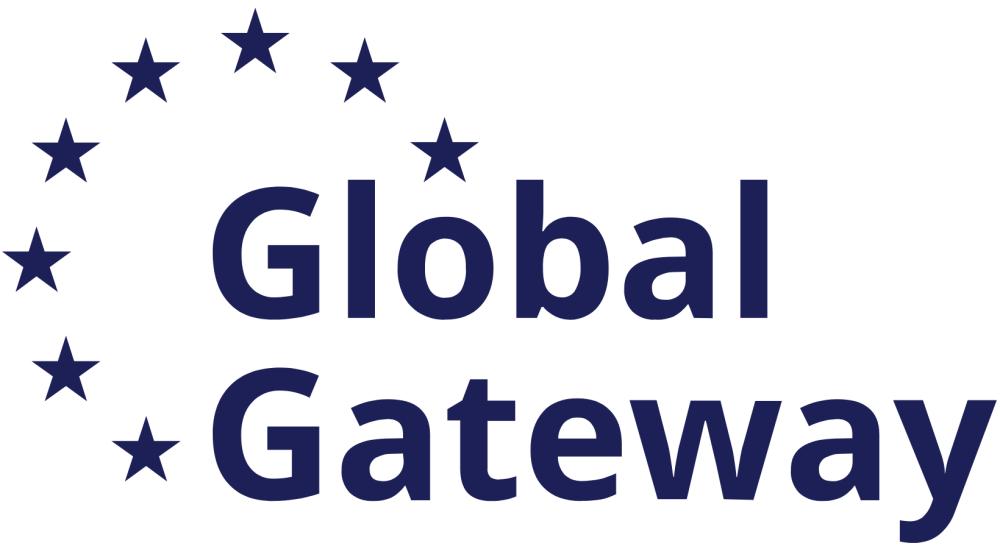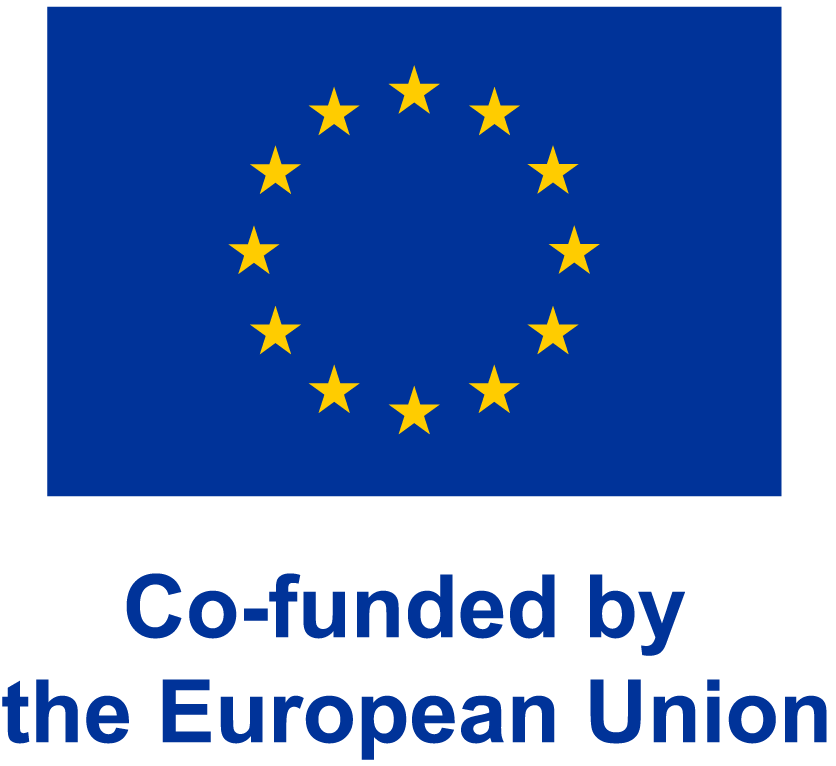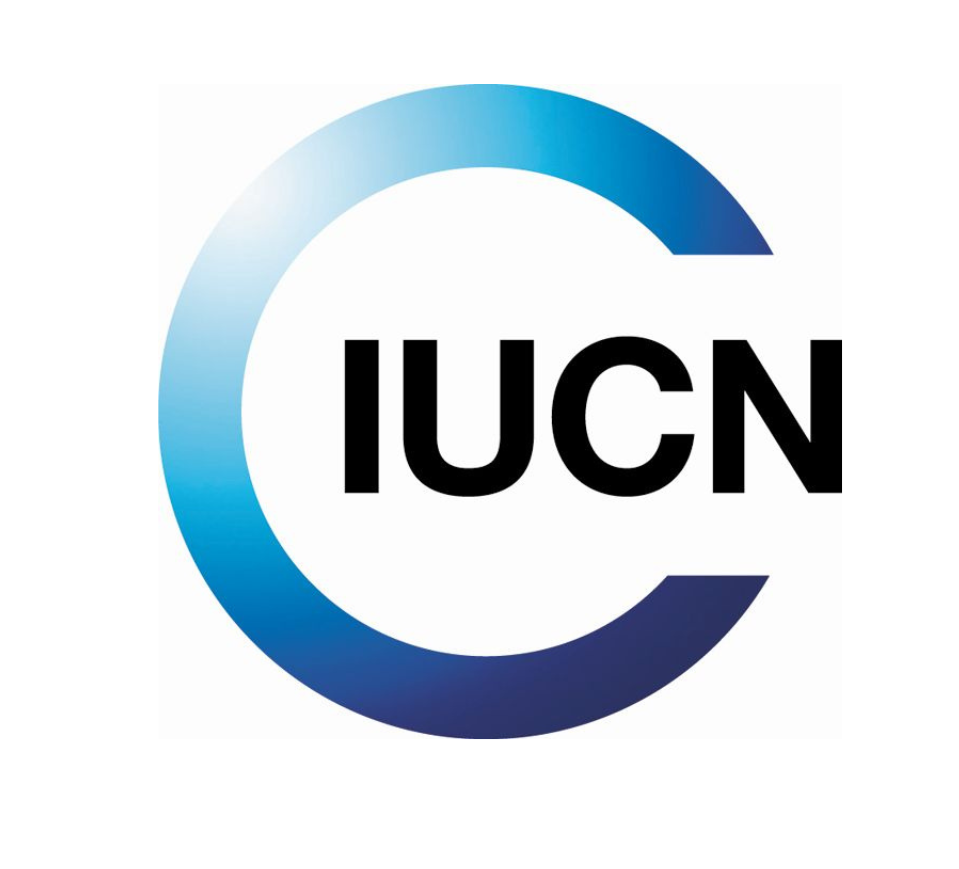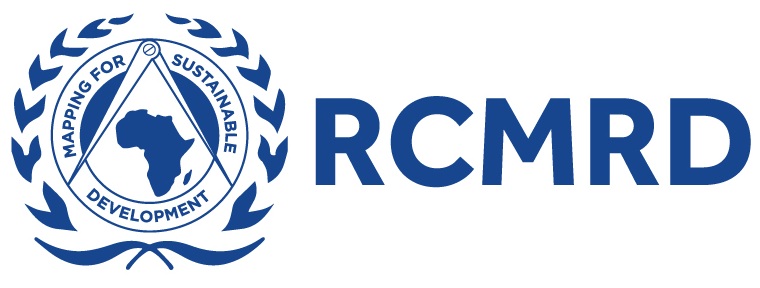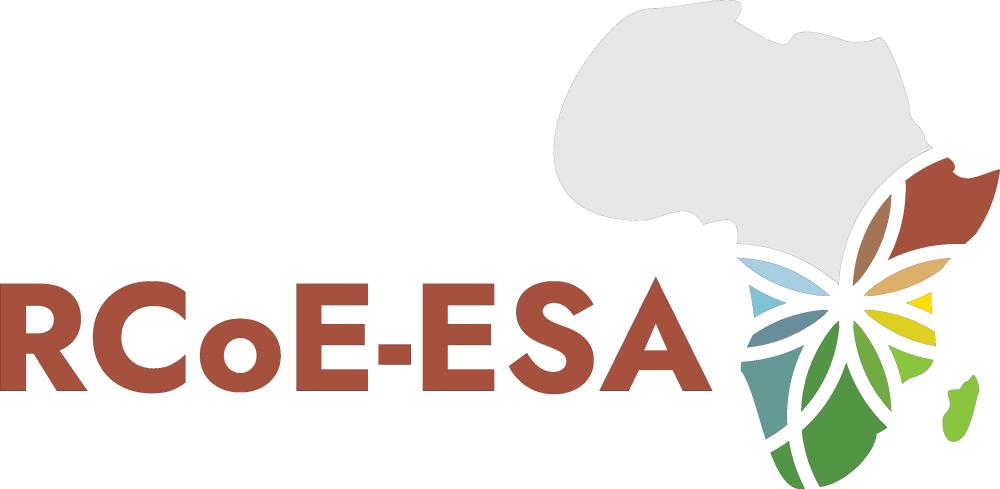 Translate
Translate
Resources
Climate change & human-wildlife conflict an analysis of climate crowd data
| Author: | Lily Lustig/WWF-US |
| Language: | |
| Topic: | Climate Change |
| Type: | Research |
| Last updated: | 31 July 2025 |
As we experience intensifying environmental changes and resource scarcity, humans and
wildlife are altering their behaviors, leading to increased competition for food and water and
escalating human-wildlife conflict. The findings of this report highlight the
interconnectedness of human and wildlife responses to climate stressors and the complex
dynamics that drive conflict, based on data from key-informant interviews—conducted by the Climate Crowd initiative—about how communities on the ground are experiencing and coping with climate change. The data shows that 25% of all interviews (out of a total of 3,911 interviews from over 40 countries) in the Climate Crowd database mention increased instances of human-wildlife conflict alongside other reports of climate change impacts. These findings add to the growing body of evidence that climate change, and how people and wildlife are coping with it, is leading to increased human-wildlife conflict.
Extreme weather is causing communities to alter their natural resource use.
The effects of climate change—like drought, decreased rainfall, and shifting seasonal patterns—have resulted in impacts on communities like reductions in crop yields and decreased water availability. To cope with these impacts, communities have altered their use of natural resources, such as sourcing water from new locations and relocating farms to areas with more fertile soil.
Some community responses to changing environmental conditions are impacting wildlife and putting people and wildlife into closer contact.
The ways people are responding to climate change impacts, like needing to seek natural resources in new areas, are affecting wildlife by increasing habitat encroachment and resource degradation. As people turn to ecosystems that wildlife depend on, shared reliance can lead to resource degradation and increase the frequency of human-wildlife interactions.
Wildlife is extending its range into community areas due to decreased resource availability as environmental conditions change , causing increased conflict. Similarly to human communities, wildlife is experiencing shortages of once-available resources like food and water due to shifts in the climate. In response, wildlife has been increasingly entering community areas in search of food and water, leading to more
frequent interactions, competition, and conflicts—especially when wildlife damages crops.
The data in this report underscores the growing issue of human-wildlife conflict, and how climate stressors are putting people and wildlife at odds with each other, ultimately contributing to instances of human-wildlife conflict. Climate Crowd has already implemented solutions like nature-friendly fences in Bhutan to prevent crop raiding from wildlife. By helping communities adapt to the impacts of climate change, wildlife can also benefit.



